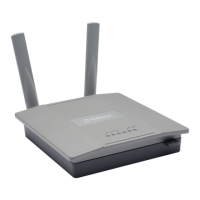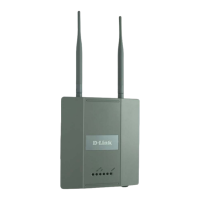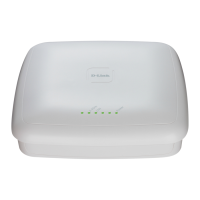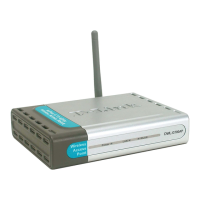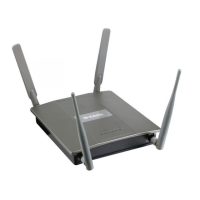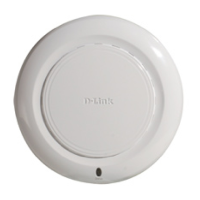Unied Access Point Administrator’s Guide
Page 75
January 2015
Section 6 - Conguring SNMPv3
Section 6 - Conguring SNMPv3
This section describes how to congure the SNMPv3 settings on the UAP and contains the following subsections:
•) “Conguring SNMPv3 Views” on page 75
•) “Conguring SNMPv3 Groups” on page 76
•) “Conguring SNMPv3 Users” on page 77
•) “Conguring SNMPv3 Targets” on page 78
Conguring SNMPv3 Views
A MIB view is a combination of a set of view subtrees or a family of view subtrees where each view subtree is a
subtree within the managed object naming tree. You can create MIB views to control the OID range that SNMPv3
users can access.
A MIB view called “all” is created by default in the system. This view contains all management objects supported by
the system.
Note: If you create an excluded view subtree, create a corresponding included entry with the
same view name to allow subtrees outside of the excluded subtree to be included. For example, to
create a view that excludes the subtree 1.3.6.1.4, create an excluded entry with the OID 1.3.6.1.4.
Then, create an included entry with OID .1 with the same view name.
Figure 40 - SNMPv3 Views Conguration
The following table describes the elds you can congure on the SNMPv3 Views page.
Field Description
View Name Enter a name to identify the MIB view.
View names can contain up to 32 alphanumeric characters.
Type Species whether to include or exclude the view subtree or family of subtrees from the MIB
view.
OID Enter an OID string for the subtree to include or exclude from the view.
For example, the system subtree is specied by the OID string .1.3.6.1.2.1.1.
Mask The OID mask is 47 characters in length. The format of the OID mask is xx.xx.xx (.)... or
xx:xx:xx.... (:) and is 16 octets in length. Each octet is 2 hexadecimal characters separated
by either . (period) or : (colon). Only hex characters are accepted in this eld. For example,
OID mask FA.80 is 11111010.10000000.
A family mask is used to dene a family of view subtrees. The family mask indicates which
sub-identiers of the associated family OID string are signicant to the family’s denition.
A family of view subtrees allows control access to one row in a table, in a more efcient
manner.
SNMPv3 Views This eld shows the MIB views on the UAP. To remove a view, select it and click Remove.
Table 43 - SNMPv3 Views
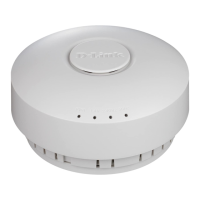
